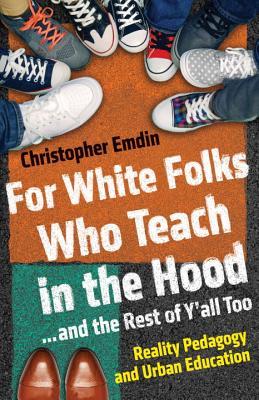What do you think?
Rate this book


232 pages, Hardcover
First published March 1, 2016
Reality pedagogy does not draw its cues from “classroom experts” who are far removed from real schools, or from researchers who make suggestions for the best ways to teach “urban,” “suburban,” and “rural” youth based on their perceptions of what makes sense for classrooms.